For a while I have been thinking how to be an eco-friendly dog owner. Finally, I stopped procrastinating and managed to review how sustainable we are as pet owners. And how to do better. As mentioned in my blog post on ways to save energy at home, an insulated pet door could be one option. Yet what else can be done?
1. Adopting and spaying
These are two practices mentioned in most blog posts that explore how to be an eco-friendly dog owner. Our little Fleur, below on the photo few months old:
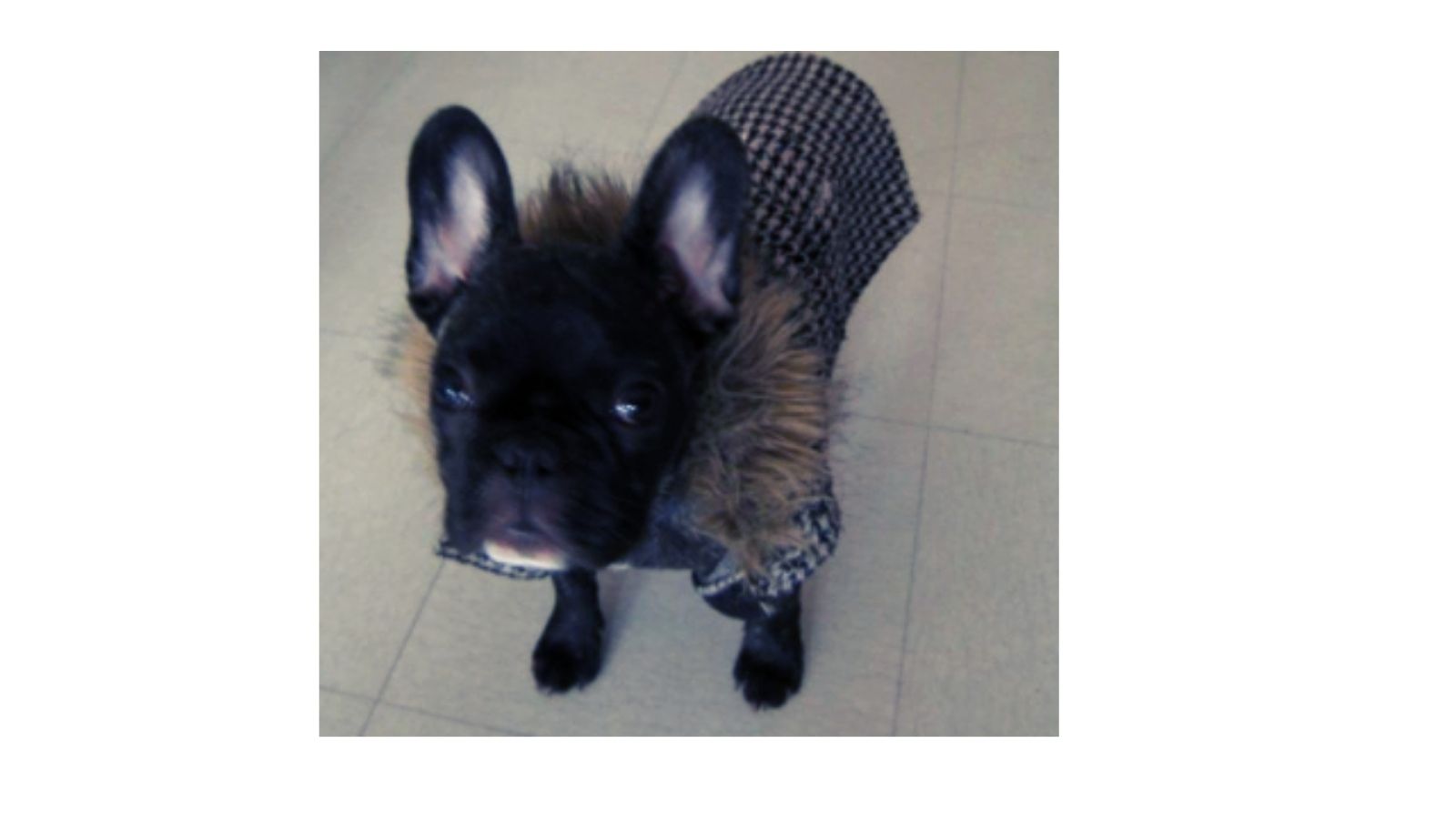
She was not adopted from shelter. However, I did explore first whether any French Bulldogs were up for adoption in local shelters. I grew up without a dog. Yet when I used to be a student, I did some dog-sitting and the first dog I ever had to take care of was a Frenchie. When I had to part with this beautiful French bulldog called Balanchine, I was heartbroken. Thus I promised myself that when I settled down one day, I would have a Frenchie. If I were to consider getting a new pet now, adopting from a shelter would be more of a priority for me.
As mentioned by Kristine Lacoste, spaying and neutering are important from the point of view of avoiding unwanted litters and overpopulation. We did spay Fleur. Although I have to admit that we did so not because of environmental concerns. The reason was that we feared that she might die from a mammary tumour. These are more common in pets that have not been spayed.
2. Sustainable dog food
Wendy from Moral Fibres writes that “Producing meat for pet food consumes vast amounts of land, water and resources, and cattle production is the most polluting and environmentally-draining of them all. Lamb is a close second.” I thus decided that I will not buy any more dog food containing beef. Or lamb, resolutions that are part of my efforts to become a more eco-friendly dog owner.
Another thing that I decided to do is to buy organic dog food as much as possible. And to purchase locally produced and in bulk to use less packaging. In general, sustainable pet food packaging is now more and more available. This is also mentioned by Mondi, one of the leading packaging groups.
In a limited manner, I have also given Fleur some of our leftovers in order to further reduce food waste. She has been all happy and has not complained or showed any health issues. Being 10 years old, she still is in a good shape. Below on the photo with my 5 years old son Max.

3. How to Be an Eco-Friendly Dog Owner: dog waste
For cleaning up after Fleur, I decided to use only biodegradable bags. This is also recommended by Dawn Gifford from Small Footprint Family. Previously, we used bags that were freely available in Geneva or in France. The municipalities provide these for free. I checked whether these bags really are biodegradable. As I had feared, they were not. The bags had the sign HDPE 2, which refers to High-Density Polyethylene, thus plastic… After learning this, I looked for other available options, and we bought these TOPSEAS biodegradable poop bags below.
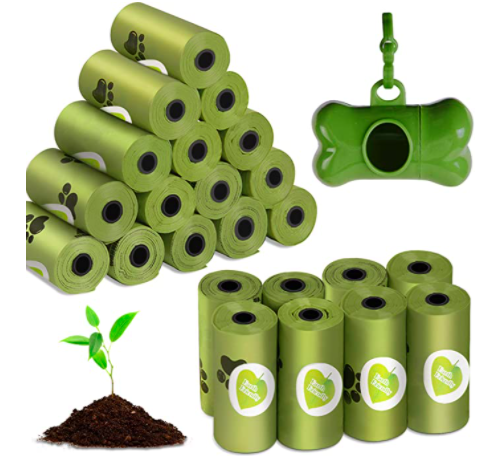
•
Nathalie Sanderson suggests even going a step further: “consider using a pooper scooper rake to transfer the mess to the trash.” She also suggests looking into composting dog waste.
4. Eco-friendly toys, collars, and leashes
We had started to think about eco-friendly materials when it came to toys. And for Fleur’s tenth birthday, we bought a nice textile toy. Yet 30 minutes later it was in pieces. Being a bulldog, Fleur is tenacious and has strong teeth! Rope toys work well for Fleur, and they are rather sustainable. For instance, Goodchaps has many eco-friendly options, including rope toys made from unbleached cotton.
When it comes to buying toys or collars, another eco-friendly choice is to buy things made from hemp. As The Thoughtful Pup writes: “Hemp is a fantastic plant – it grows quickly (it can be harvested in around four months after planting), grows densely, requires no nasty chemicals to sustain growth, returns between 60% and 70% of all nutrients it uses back to the soil and requires very little water to grow. Choosing toys, such as pull ropes, made from hemp is a great alternative than the rubber variety.” Recycled leather leashes might also be interesting alternatives.
This Christmas, we hesitated to offer Fleur a beautiful hemp collar. Or this toy which is made from recycled materials that are biodegradable. Finally, we decided for the latter, also here on the photo.

The simplest way, however, is to make a toy for your pet, as Nathalie Sanderson suggests. For instance, here is a chew toy I made for Fleur by stuffing a sock with a plastic bottle:
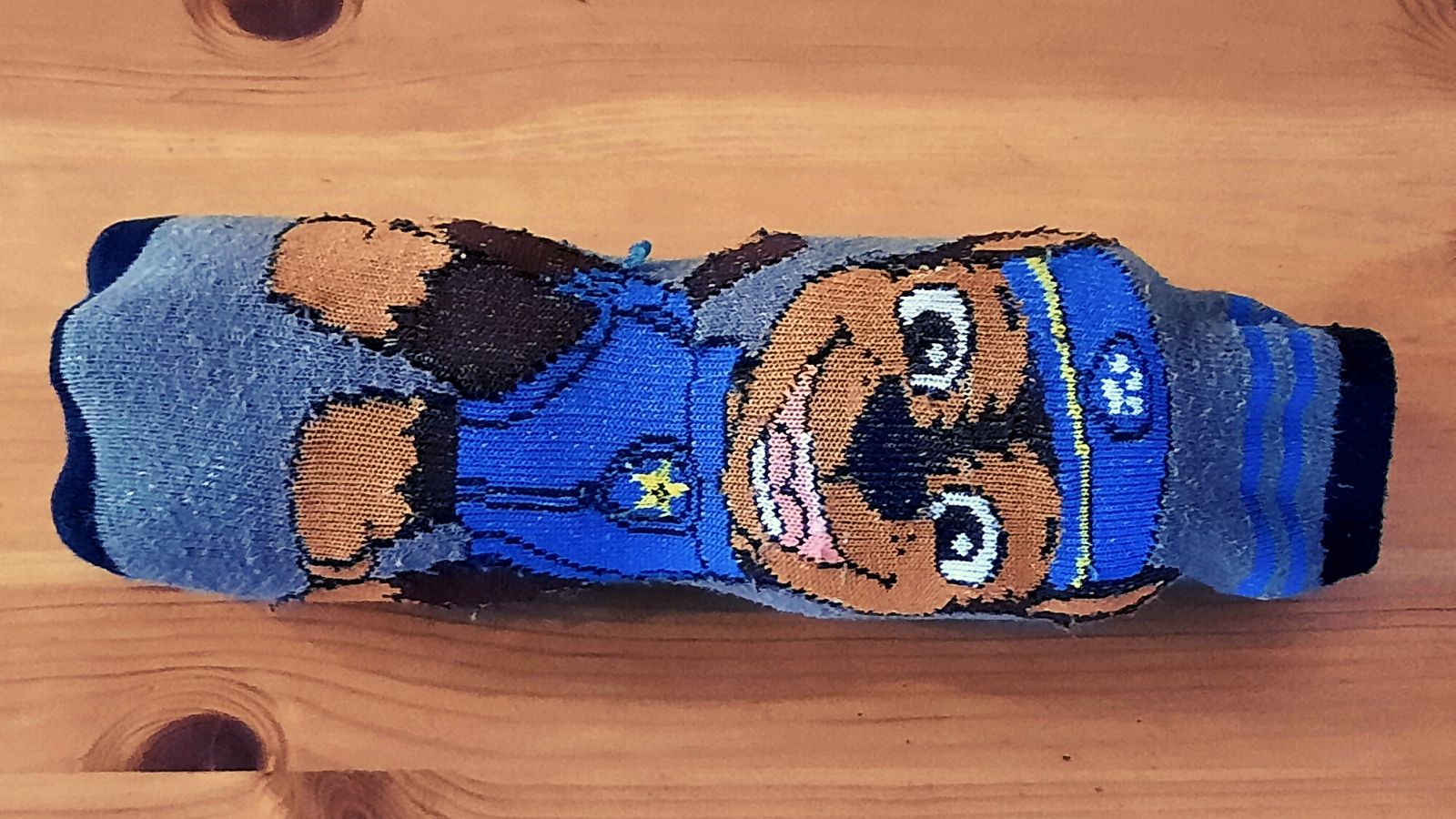
5. Eco-friendly pet bowls
Another area as how to be an eco-friendly dog owner is using earth-friendly pet bowls. One great company that provides eco-friendly bowls, as well as pet food, bags, and accessories, is Becopets. For instance, what about the bamboo bowl on the featured photos for your little friend?
This is another gift that little Fleur will receive from Santa this year.
6. How to be eco-friendly dog owner: sustainable grooming products
The Project Blue writes:
“The majority of off-the-shelf grooming products, including shampoos and conditioners, are packed with harmful pesticides and suspected carcinogens (cancer-causing chemicals). Not only can these cause skin irritations for your dog, but these chemicals are harmful to local waterways when drained away.
Seek out biodegradable formulations that are paraben-free and use organic ingredients wherever possible. We’re huge fans of the divine smelling Paw Naturel dog grooming products. These tick every box when it comes to eco credentials, free of DEA (diethanolamine), SLS (sodium laureth), BHA (butylated hydroxyanisole), and synthetic colours and fragrances.”
Living in France, until now I have used Biogance shampoo. It is also paraben-free, made of 98% natural ingredients, and produced in France. I saw that they have also now organic products and decided next time to choose these ones.
7. Donate and receive donations
In case you purchase new things for your little friend, the blog post How to be an eco-friendly pet owner emphasizes the importance of donating your old pet items. This could be to local shelters or to other pet owners in your social circle. I decided to try that out for items that Fleur does not need anymore.
I have also accepted donations. For instance, my old neighbour offered Fleur a beautiful bed that Fleur loves and has used for a few years!
But what else could we do to be more eco-friendly dog owners?

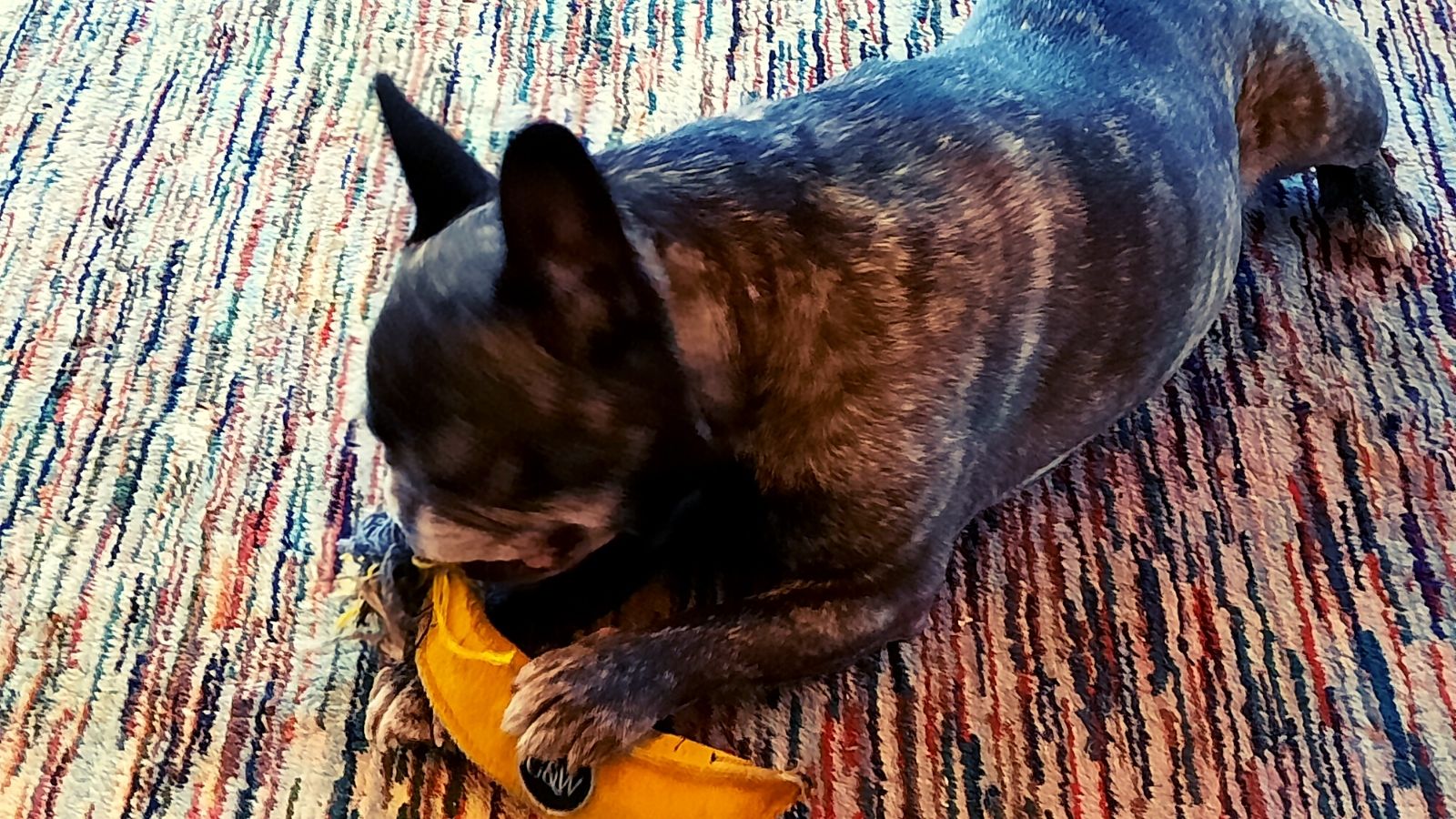


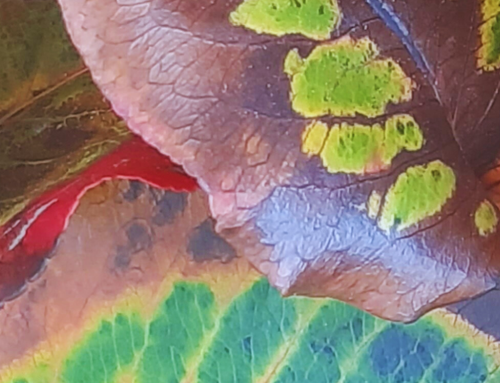
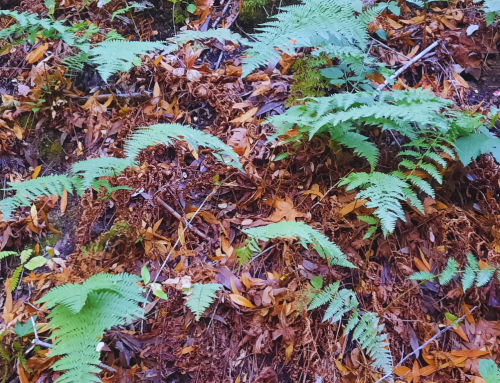

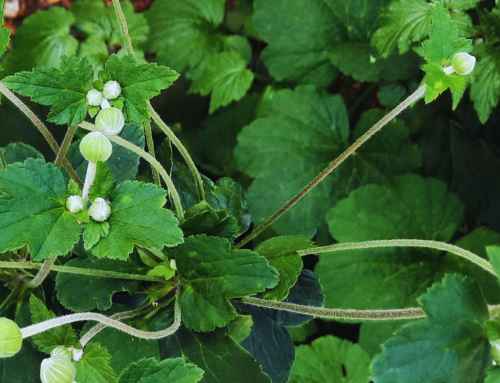

Nice dog😊
Thank you Viive for your nice comment!
👍👍👍😊
Thanks!
Dear Nika, your post is very helpful and I will look at the food for our cat to be without beef and lamb in the future. I tried once to buy vegetarian food for our dog, who is not with us anymore, but she didn’t like it. Vegetarian cat food is extreeeeemly expensive for now and I haven’t even bought it to see whether our cat would fancy it or not. But maybe some time I should at least try and see if our cat would eat it. Changes take place, when consumers change their habits and the more we change our consumer habits and buy responsibly, the more prices will go down too. Take much care.
Dear Maya,
Thank you for your message and sharing your feedback! I have not given to Fleur also vegetarian crockets, only some vegetables sometimes and these she likes to eat. And I agree with you about us as consumers having power!